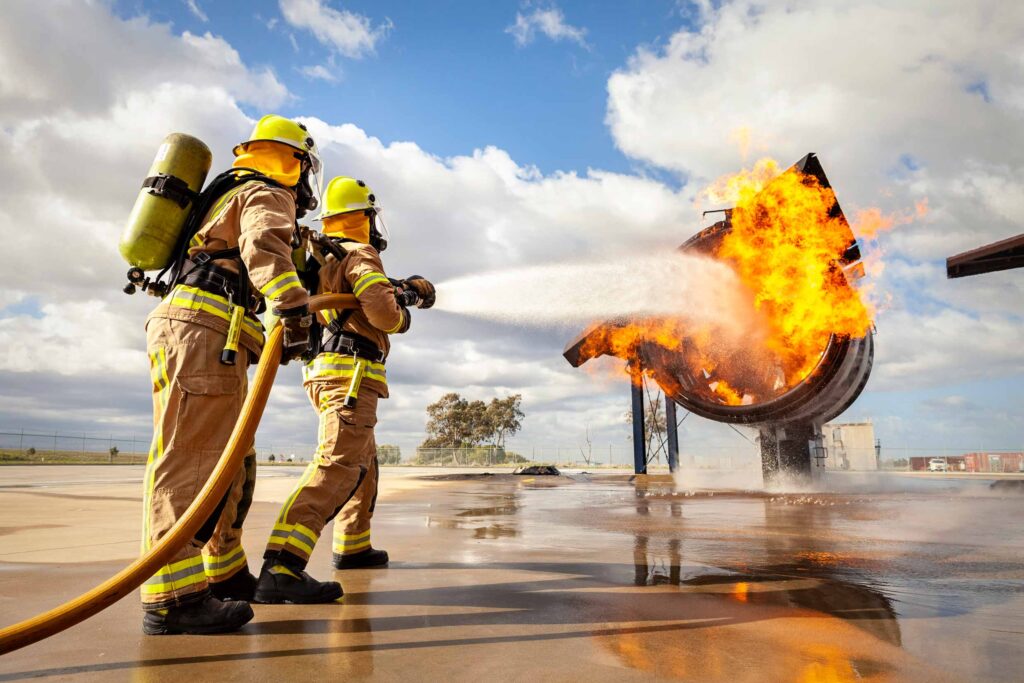Legionella Risk Assessment: Safeguarding Your Property and Health
Legionella Risk Assessment: Safeguarding Your Property and Health
Blog Article
When it comes to property management, ensuring the safety and well-being of occupants is paramount. One crucial aspect often overlooked is the risk posed by Legionella bacteria. Conducting a Legionella Risk Assessment is not just a legal requirement in the UK but a vital step in maintaining a safe environment for both residential and commercial properties. Here's what you need to know about Legionella risk assessments and their importance.

What is Legionella?
Legionella is a type of bacteria commonly found in natural water sources such as rivers and lakes. While generally harmless in these settings, it can become a serious health hazard when it grows in man-made water systems like cooling towers, hot water tanks, or plumbing systems. Inhalation of water droplets containing Legionella bacteria can lead to Legionnaires' disease, a severe form of pneumonia that can be life-threatening, particularly for vulnerable individuals.
Why is a Legionella Risk Assessment Important?
A Legionella risk assessment helps property owners and managers identify potential hazards and implement measures to control the risks associated with Legionella. The primary objectives include:
- Compliance with Legal Requirements Under UK regulations, specifically the Health and Safety at Work Act 1974 and the Control of Substances Hazardous to Health Regulations (COSHH), property owners and landlords have a legal duty to assess and manage the risks of Legionella in their premises.
- Protecting Occupants Conducting a risk assessment minimizes the chance of a Legionella outbreak, safeguarding tenants, employees, or customers from potential health risks.
- Avoiding Financial Penalties Non-compliance with Legionella regulations can result in hefty fines and legal consequences, making regular risk assessments a cost-effective preventative measure.
What Does a Legionella Risk Assessment Involve?
A comprehensive Legionella risk assessment typically includes the following steps:
- Inspection of Water Systems Professionals examine the design, condition, and usage of water systems to identify potential areas where Legionella bacteria could thrive.
- Temperature Monitoring Legionella bacteria multiply in temperatures between 20°C and 45°C. The assessment involves checking water temperatures to ensure they are outside this range.
- Water Sampling and Testing Water samples may be collected and tested in a laboratory to detect the presence of Legionella bacteria.
- Identifying High-Risk Areas Specific areas, such as stagnant water zones or poorly maintained systems, are flagged for immediate action.
- Recommendations and Action Plan The assessment concludes with a detailed report outlining necessary control measures, including regular maintenance, cleaning schedules, and system upgrades if required.
Who Needs a Legionella Risk Assessment?
In the UK, any property owner or manager responsible for water systems must conduct a Legionella risk assessment. This includes:
- Landlords of residential properties.
- Owners of commercial buildings such as offices, hotels, and gyms.
- Facility managers of healthcare facilities or schools.
Partnering with Experts
All Property Reports provides professional Legionella risk assessments to help property owners comply with legal standards and protect their occupants. Our team of experts conducts thorough inspections, delivers actionable insights, and ensures peace of mind. With our services, you can rest assured that your property is safeguarded against Legionella risks.
Final Thoughts
A Legionella risk assessment is more than a regulatory obligation; it’s a proactive approach to ensuring health and safety. Whether you’re a landlord, property manager, or business owner, addressing Legionella risks should be a priority. Contact All Property Reports today to schedule your Legionella risk assessment and take the first step toward a safer property environment. Report this page